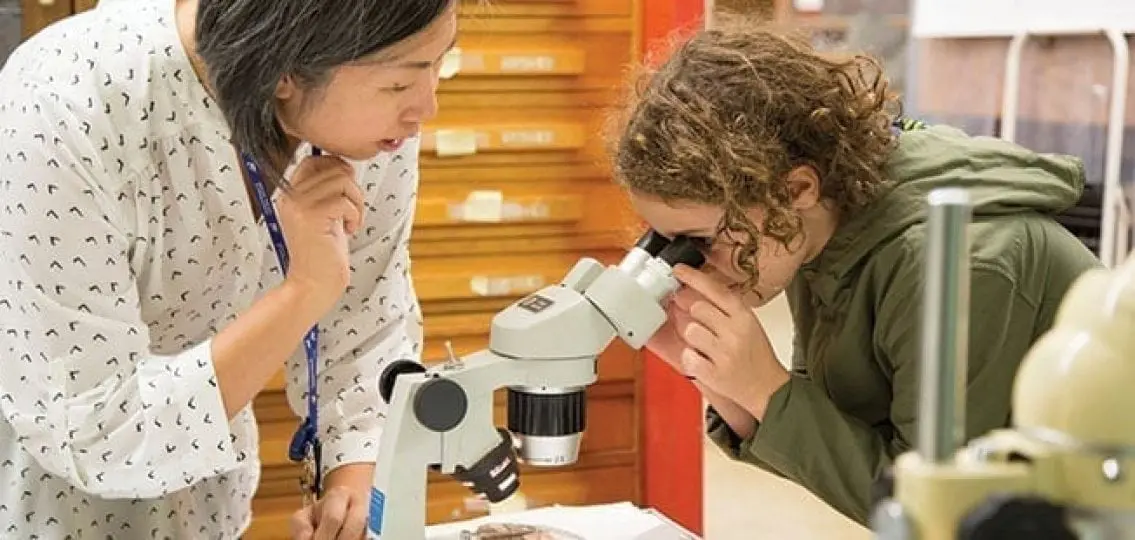Your parents were likely part of the boomer generation that dramatically opened doors for women. As children, they saw few women in careers other than teaching, nursing or social work. Even in these fields, men rose to supervising positions much more frequently.

Women physicians or engineers were almost nonexistent; women who dared to graduate law school rarely found work. Former Supreme Court Justice, Sandra Day O’Connor, who graduated at the top of her law school class, could not find a reasonable starting position (Rimm & Rimm Kaufman, 2001).
Girl Power: More Opportunities
We’ve come a long way since the women’s movement of the 1960s. While doors have opened wide in many career areas, they’ve only squeaked slightly open in others, and we are far from equity. Your daughters will need optimism, resilience and plenty of family encouragement to find fulfilling careers and to balance those careers with their relationships.
Women have made great strides in their educational achievements. Girls equal or surpass boys in grade point average and are admitted to high-status colleges. They make up approximately half of the enrollment at graduate, medical and law schools (Davis, Rimm, & Siegle, 2010).
Not Equal Yet: There’s Still Work to Do
Despite the good news, however, there appears to be a “very leaky pipeline.” In most careers, the higher the salary and status, the lower the representation of women.
Only 5% of the CEO’s of Fortune 500 companies are women. While women Ph.D.s have increased in most fields, they remain underrepresented among tenured university faculty and department chairpersons. Women make up merely 10% of college faculties in physics. Women comprise only 17% of law firm partners and 17% of Congress.
Research consistently reveals that written information, such as college essays and job applications, associated with a male name receive higher ratings than the very same in-formation with a female name attached. There is apparently a consistent bias by men and women that favors men (Ceci & Williams, 2007). In symphony orchestras, women rarely outperformed men in auditions until blind auditions were instituted. Now, women hold 35% of symphony orchestra positions (Davis, Rimm & Siegle, 2010).
The ABCs of Women’s Success:
A Grades
The A’s are important. Good grades in school were the forerunners of success for the 1,000 successful women who were studied for our books, See Jane Win and How Jane Won. However, report card A’s are not sufficient in themselves. Our research on successful women found many crucial C’s and one very important B.
The C’s that need to be taught at home and in the classroom
Competitiveness balanced with collaboration.
The exhilaration of winning is motivating, but recognizing when competitiveness is appropriate is crucial. As in sports, collaborating as a team member is pivotal for success in life.
Competence, confidence, and courage.
A variety of new skills and competencies must be learned for every career. Girls who have confidence in themselves can have the courage to admit to knowledge they don’t have and can risk making efforts to learn more.
Caring, character, and communication skills.
Kindness, honesty, and careful communication are characteristics women have long claimed as feminine. When women take on challenges that were earlier reserved for men, they need not discard these traditional marks of integrity.
Commitment and coping skills.
Many high-level careers require extensive education. Even after that education is completed, time and effort demands can be extraordinary. Women often need to simultaneously cope with stresses of work and family. If we are to expect equal opportunities for women, we must also expect to promise equal engagement and perseverance.
Challenge, creativity, and contribution.
Successful women in our study indicated they valued their careers most when those careers offered challenge, creativity, and opportunities to make contributions to society.
Choices.
Young women now have many career and life choices. As parents and teachers guide young women toward their dreams, it’s important to encourage passions and interests while helping them balance those choices with the realities of life and the availability of opportunities in our society.
The Pivotal B for Balance
Helping girls and women learn to find stability in their lives is perhaps the greatest challenge. The equilibrium that allows us to fulfill ourselves in our careers balanced by happy family and friendship relationships is indeed extraordinarily difficult to achieve. This calls to mind my discussion with my daughter, Sara, when we were writing How Jane Won together.

“Remember,” Sara cautioned, “No one should expect to have life totally balanced all the time. There will be times when we have to put much more effort into achievement, and other times, we should not think at all about our work and only our friends and family. If we can seek balance over our lifetime, we will have achieved the goal of a reasonable equilibrium.”




